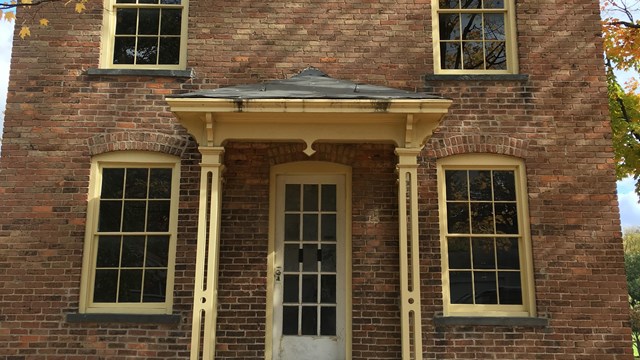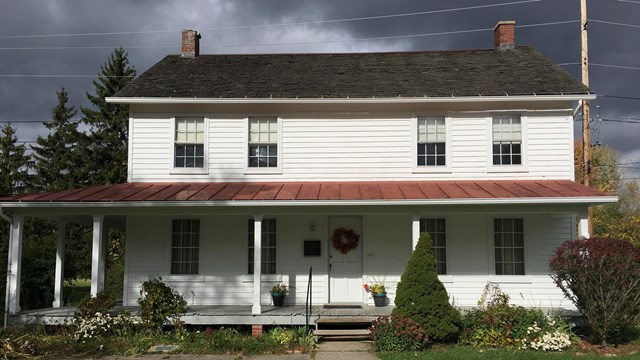
Thompson Memorial A.M.E. Zion Church
Harriet Tubman was a woman of deep faith. The Thompson Memorial A.M.E. Zion Church was her religious community for 22 years. 
Harriet Tubman Home
The front of Harriet Tubman's brick house in Auburn, NY. 
Harriet Tubman Home for the Aged
Harriet Tubman Home for the Aged in Auburn, NY. Other Sites Related to Harriet Tubman |
Last updated: September 12, 2025
